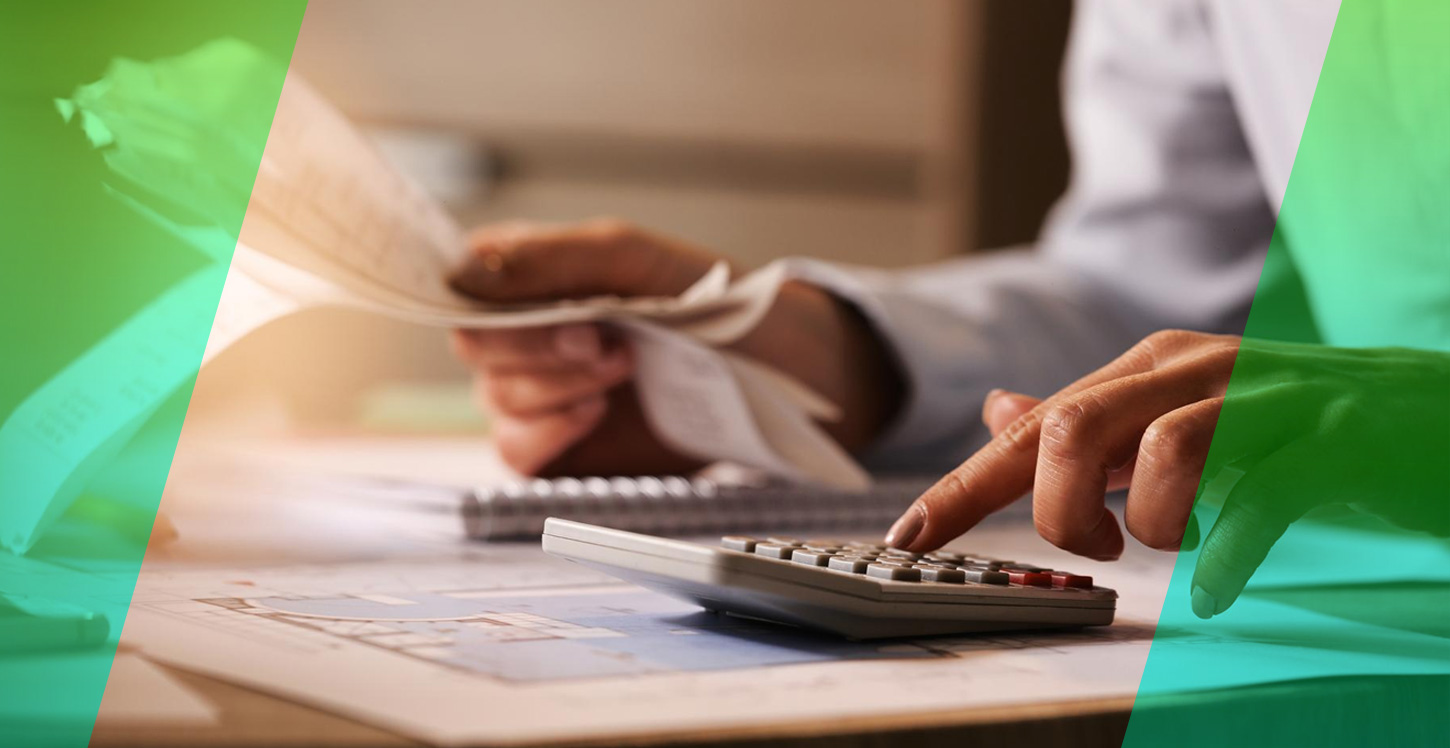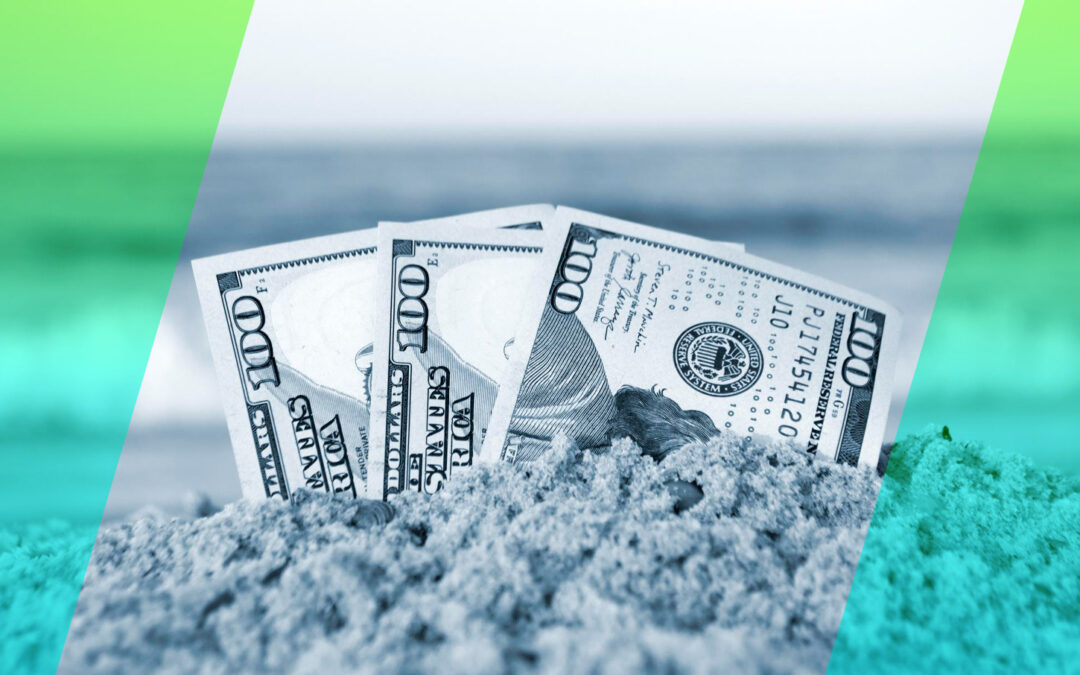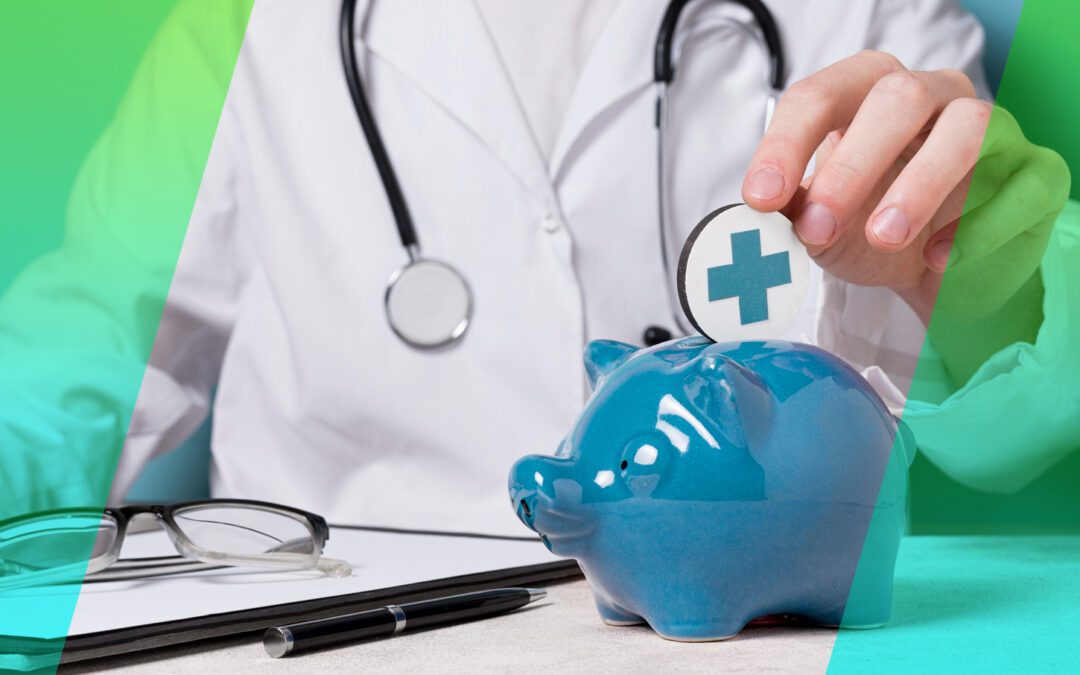If you’re struggling with debt, you’re not alone—and you’re not without options. Debt relief programs exist to help people manage or reduce what they owe, regain financial control, and move toward a more stable future. But with so many options, providers, and fine print, it’s easy to feel overwhelmed. It’s important to understand that while debt relief programs can provide helpful tools, they also carry risks such as potential credit score impacts, fees, or tax consequences. Results will vary depending on your circumstances. This article breaks down the major types of debt relief programs, how they work, and how to find the best fit for your situation.
Key Takeaways
- Debt relief programs offer structured solutions for reducing or managing unsecured debt like credit cards, personal loans, and medical bills.
- Options include debt consolidation, settlement, credit counseling with a debt management plan (DMP), and bankruptcy.
- The best program for you depends on your income, credit score, and financial goals.
- Choosing an accredited and transparent provider is critical to avoid scams and get the support you need.
Feeling Overwhelmed by Debt? You’re Not Alone
If you’re behind on credit card payments or buried in bills, you’re not alone. Millions of Americans are in the same position, unsure where to turn or how to break free. Fortunately, debt relief programs exist to provide structure, support, and in some cases, negotiated reductions in what you owe. These programs are not one-size-fits-all, and outcomes depend on individual factors, but for many people, they represent a possible path toward improved stability and reduced financial stress.
What Is a Debt Relief Program?
A debt relief program is a service or strategy designed to help individuals deal with unsecured debt—such as credit cards, medical bills, and personal loans. Depending on your situation, you might qualify for one of several approaches. Debt consolidation rolls all your debts into a single payment, typically with a lower interest rate. Debt settlement involves negotiating with creditors to pay less than the full amount owed. Credit counseling agencies offer debt management plans (DMPs), which help you pay off the full balance over time with adjusted interest rates. Bankruptcy, while a last resort, can also provide relief when no other options are viable.
Choosing the Right Option for Your Needs
The right solution depends on your unique financial circumstances. If you have stable income and decent credit, consolidation might offer the simplicity you need without damaging your score. If you’re behind on payments, have poor credit, or are already in collections, debt settlement could lower the total amount you owe. A DMP through a nonprofit agency may help you repay everything over time with less interest. In extreme cases where repayment isn’t feasible, bankruptcy might be the most effective path forward. It’s important to evaluate your budget, credit score, and long-term goals before committing to any program—and remember, no single option guarantees success or savings.
How Debt Relief Programs Work in Practice
Let’s look at two realistic scenarios. In one case, a family with over $30,000 in credit card and medical debt enrolled in a structured debt settlement plan. Over three years, they negotiated with creditors and paid just under $20,000—achieving substantial savings and stopping constant collection calls. In another case, a single parent worked with a nonprofit credit counseling agency to enter a DMP. With reduced interest rates and one manageable monthly payment, she stayed on track to be debt-free in four years. These examples are hypothetical and are provided for illustration only; individual results will vary based on factors such as creditor cooperation, financial discipline, and personal circumstances. Past outcomes do not guarantee future results.
What to Expect from Reputable Providers
Finding the right provider is just as important as choosing the right program. Start by looking for companies accredited by the American Fair Credit Council (AFCC) or National Foundation for Credit Counseling (NFCC). A reputable provider will offer a free consultation, explain all fees upfront, and never ask for payment before delivering services. You should also read reviews, check ratings with the Better Business Bureau, and confirm how long the company has been in business. Trustworthy providers offer transparency, education, and a clear plan based on your needs—not pressure or promises that sound too good to be true.
What You Should Know Before You Enroll
While these programs can be incredibly helpful, they aren’t without drawbacks. Debt settlement and bankruptcy can negatively impact your credit in the short term. Some programs charge setup or monthly fees, and not all types of debt qualify—secured loans like mortgages and car payments typically don’t. There’s also the potential for tax implications if forgiven debt is treated as taxable income. That said, for many people, the benefits of lower payments, fewer collection calls, and a structured payoff plan may outweigh the temporary downsides, but results will vary based on individual participation and circumstances.
FAQs: Common Questions About Debt Relief
Will joining a debt relief program hurt my credit?
It depends on the program. Debt settlement and bankruptcy can temporarily reduce your credit score. However, consistent payments through a DMP or consolidation plan may actually help improve your score over time.
How long does a typical program last?
Most programs last between 2 and 5 years. The exact timeline depends on the amount of debt and the type of plan you choose.
Can I do this on my own?
You can try to negotiate with creditors yourself, but many people prefer working with professionals who understand the process and have experience securing favorable terms.
What kind of debt qualifies?
Most programs are for unsecured debt like credit cards, medical bills, and personal loans. Secured debts such as mortgages are not typically eligible.
What’s the first step?
Start with a free consultation from a certified provider. They’ll assess your situation, walk you through your options, and help you decide which program—if any—is the best fit.
Take the First Step Toward Financial Relief
Debt doesn’t have to define your future. By understanding your options and working with a reputable partner, you can take meaningful steps toward improving your financial situation. Whether you’re considering consolidation, settlement, or a full repayment plan, there is a path forward—and the sooner you start, the sooner you may see results.
Ready to take the next step? Connect with a certified debt consultant today and find out which program aligns with your financial goals.
Disclaimer (Please Read): The content in this article is for informational purposes only and does not constitute financial, tax, or legal advice. Individual results will vary, and past performance does not guarantee future results. For specific questions and personalized guidance, consult a Swift Debt Relief professional or a qualified financial advisor.






